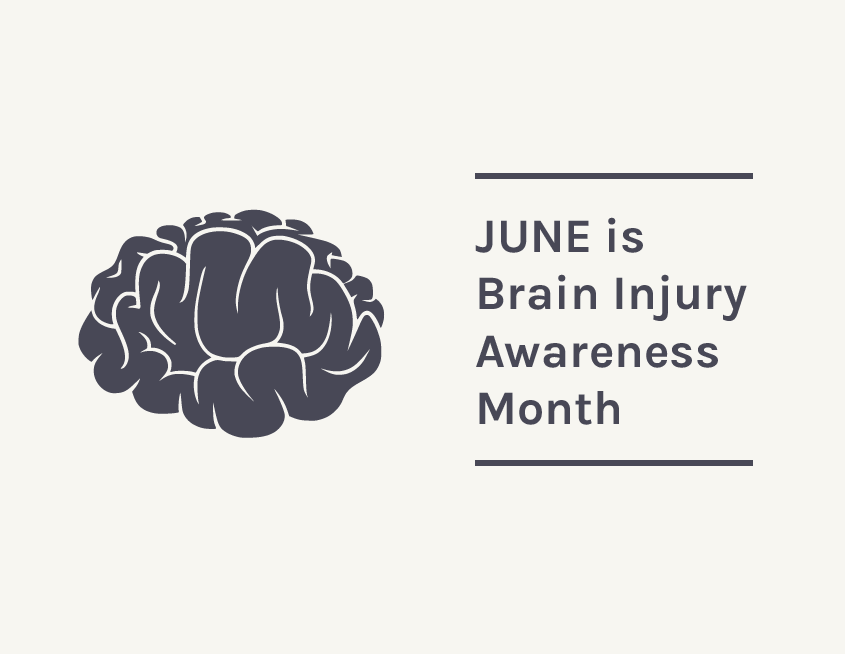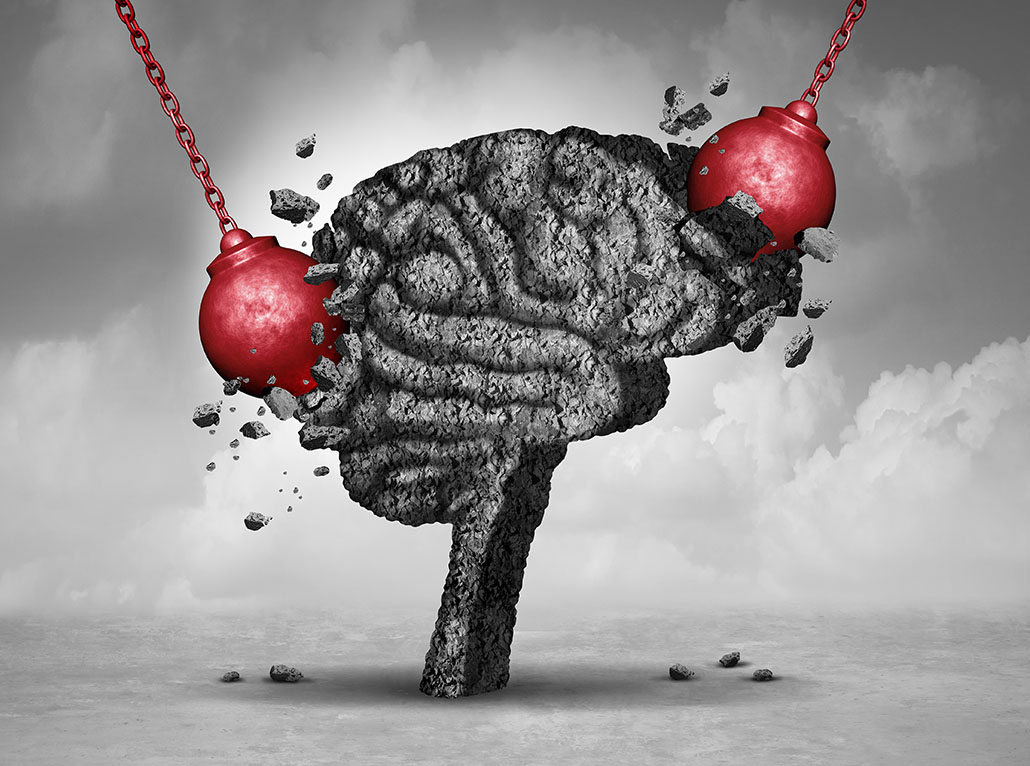
by bil2016 | Jun 20, 2020 | Community Events & Programs, Living with Brain Injury, News & Research, Uncategorized
June is Brain Injury Awareness Month in Canada. With over 20,000 Canadians being hospitalized each year with an acquired traumatic brain injury (per Government of Canada website) there is a huge need for public education around the prevention and impact of traumatic...

by Daniel Corrin | Jun 27, 2018 | News & Research
As the evidence base around the incidence, circumstances and symptoms of concussion grows, new opportunities arise for the management and coordination of care, and associated services. Although the treatment of concussion or Mild Traumatic Brain Injury requires...

by Barbara Webster-Evans | Mar 15, 2018 | Legal Articles & Tips, News & Research
Over the years many of our clients have suffered head injuries while cycling, riding motorcycles or longboards, skiing or skating. We strongly recommend that everyone who could possibly benefit from wearing an approved helmet while engaging in sporting activities...

by Yvonne Wong | Mar 31, 2017 | News & Research
Chronic pain and depression – what’s the link? A recent study on mice, conducted by scientists at the Icahn School of Medicine at Mount Sinai in New York, found that chronic neuropathic pain (pain from nerve injury) can induce genetic changes in areas of the brain...

by Daniel Corrin | Feb 8, 2017 | Case Results, News & Research
As part of a significant medical malpractice decision released in Ontario (Bauer v Kilmurry, 2016 ONSC 7749 (CanLII) ) the court discussed important issues regarding physician / patient confidentiality. The plaintiff, Ms. Bauer, had a medical condition requiring...

by Daniel Corrin | Jan 24, 2017 | Living with Brain Injury, News & Research
It’s upsetting to read stories about the death of young people, directly or indirectly, related to brain injury or concussion.Ty Pozzobon’s death following his concussion is certainly a tragedy. The CBC story discusses the statistical frequency of depression following...










